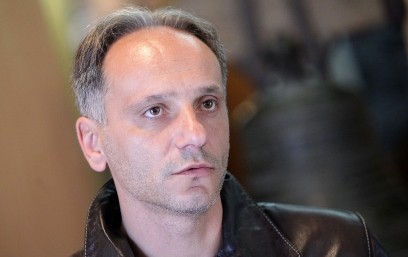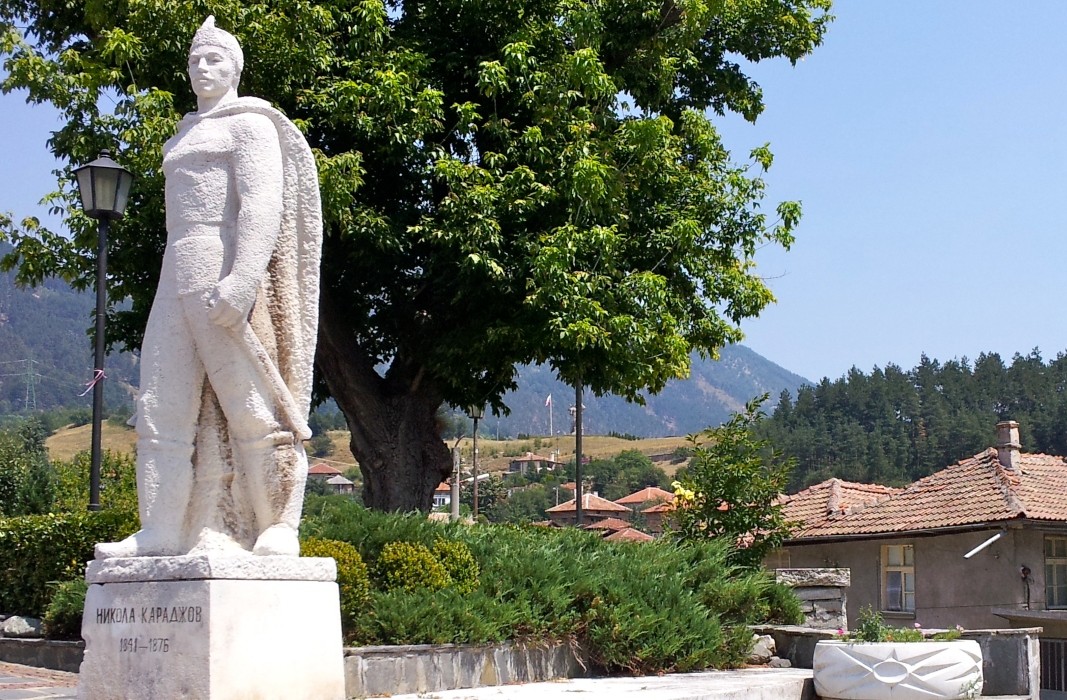The museums in Koprivshitsa, Panagyurishte, Strelcha , Klisura , Batak tell the story of the love of country and self-sacrifice of the heroes of the April uprising in 1876. The names of these towns evoke a deep feeling of pride to this day. Unfortunately this year there will be no crowds, no celebrations, no reenactments of historical events in memory of the heroes. There will be no visitors, and the museums which usually organize the historical celebrations will remain closed.
Klisura, the small town which has gone down in history with the most widespread involvement of its population in the struggle for the liberation of the country, suffered the highest death toll after the uprising broke out on 10 April, 1876 (old style), the highest point in the national liberation struggles of the Bulgarian people against Ottoman rule. The people of Klisura joined in this battle without hesitation, without betrayal, without fear of the superiority of the Turkish army. The town was burnt to the ground and then built from scratch in the years after the liberation. Nothing can erase the memory of the heroes among the people now living in the small town.
“Every year, in April, the smell of gunpowder seems to pervade the town because usually, at this time, the preparations are underway for one of the most colourful and vivid historical reenactments taking place in the country. This year is different in Klisura because of the measures for containing the coronavirus,” says Stoyan Ivanov, director of the Museum of History.
 “The tradition of marking the events from April 1876 goes as far back as 1896, 20 years after the uprising. Interestingly, our forefathers organized historical reenactments of scenes with the participation of people from Klisura who had actually taken part in the real events and survived. Since that time to this very day, the events of the April uprising are celebrated on a grand scale. Unfortunately this year will be different in view of the restrictive measures. April has been unusual for us, there has never been an atmosphere like this. The museum workers face an extraordinary task. By making several videos by a professional film director, which we shall post on the museum’s website, we shall endeavor to go back to key events in Klisura’s involvement in the April uprising. That is something that we can do after museums closed doors to the public on 13 March.”
“The tradition of marking the events from April 1876 goes as far back as 1896, 20 years after the uprising. Interestingly, our forefathers organized historical reenactments of scenes with the participation of people from Klisura who had actually taken part in the real events and survived. Since that time to this very day, the events of the April uprising are celebrated on a grand scale. Unfortunately this year will be different in view of the restrictive measures. April has been unusual for us, there has never been an atmosphere like this. The museum workers face an extraordinary task. By making several videos by a professional film director, which we shall post on the museum’s website, we shall endeavor to go back to key events in Klisura’s involvement in the April uprising. That is something that we can do after museums closed doors to the public on 13 March.”
Now museum workers have time for their principal activity – the scientific processing of the cultural relics and for giving the rich museum collections their full attention. “Through the years museums in Bulgaria have seen problems in difficult times, but I believe we shall be the first to see the return of the public once the restrictive measures are lifted. These are times of trial for us all. But I have an idea which I hope we will be able to realise in the summer when the measures are relaxed,” says Stoyan Ivanov and adds:
“Last year we organized, for the first time, a procession to the place where Nikola Karadzhov – a leader of the 1876 April uprising from the town – was killed. It is a spot above Klisura, in a locality called Ravna Reka in the Balkan mountain. Maybe this year, together with our club “Tradition” we can organize a small reenactment of the last days in the life of Nikola Karadzhov. On May 1 we shall lay flowers at all historic sites in the vicinity with a very small ceremony – myself, and the mayors of the towns of Karlovo and Klisura. I have been organizing reenactments for over 20 years and the feeling this year is strange”.

Photos: BGNES
On the second day after Easter begins Bright Week. It is so called because of the light that Christ's Resurrection brings to the world. According to Orthodox tradition, it is a time when the Holy Apostles and the Virgin Mary are glorified. Bright Week..
Patriarch Daniil celebrated a divine service for the so-called Second Resurrection of Christ in the Sofia-based church of Saint Nedelya. Patriarch Daniil greets Bulgarians with “Christ is Risen” At the festive liturgy, texts from the Gospel..
Patriarch Danil of Bulgaria, Metropolitan of Sofia, greeted the faithful with the joyful words "Christ is risen!" In his Easter message, he called on Orthodox Christians to share the extraordinary joy of heaven with the world through a life of light and..
On the second day after Easter begins Bright Week. It is so called because of the light that Christ's Resurrection brings to the world. According to..

+359 2 9336 661
